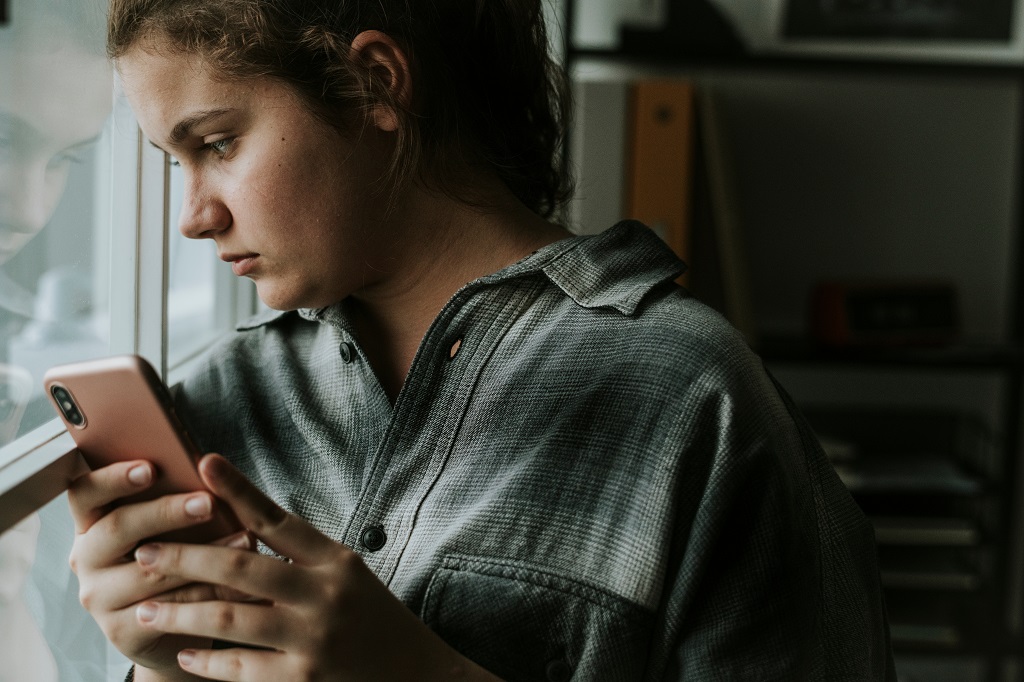The Loneliness Epidemic
The Loneliness Epidemic

We are the most connected generation in history, yet we are also the loneliest generation. This is exemplified in a 2018 survey that revealed that 17 percent of those surveyed were lonely, while 54 percent struggled with aspects of loneliness.2
Laying the blame of all our societal problems on a device is not realistic, but the newest technology certainly is representative of a bigger, more complex problem. As I consider the state of our country and our world, I’m perplexed by the statistics. Why, in a more advanced society, are we dying ten to fifteen years earlier than we were in past generations? Why is the suicide rate continuing to increase in spite of advanced prevention, treatment, and postvention efforts? Why is the addiction crisis still growing despite the hard-fought efforts of nonprofits, treatment centers, and government entities? Why are depression and anxiety on the rise, with no signs of slowing down? Why are heart disease, cardiovascular disease, and cancer worse now than they were a decade ago, despite so many medical “advancements”? The answer can be both simple and complex. We are relational beings who need eye-to-eye, face-to-face contact and proximity on a regular basis. As a society, we are operating out of significant deficits.
Many of you might be reading this and thinking, I’m not lonely! I’ve got a great spouse, a fantastic family, and friends. Why would I be lonely? But deep down inside, you’ve experienced that nagging feeling of fear, anxiety, depression, or isolation. You’ve questioned when the last time you were truly seen as a person, loved for who you are, and valued as a unique human soul. Yes, bouts of loneliness are a common spiritual condition of humans, but prolonged loneliness is a sign of a deeper disconnect. In many ways, as a society, we’ve lost the ability to connect on a deep, messy, soul-seeing level. We’ve lost the ability to admit we need help and then ask for it. We’re a lonely society, and with loneliness comes isolation, and with isolation comes death—in our mind, body, and spirit.
We need to consider how to realign our lives so that we can change internally and, as a result, become change agents in our homes, neighborhoods, communities, and places of worship. For this to happen, we need to rethink and reimagine how to combat this loneliness epidemic.
Allowing ourselves to heal from loneliness can seem like a daunting task. Many of us haven’t started this process because we didn’t know where to begin. Everyone’s journey will be different.
I want you to know that you’ll likely hit roadblocks on the journey toward healing. When you do, stop where you are, step back from the process, take a deep breath, and pray against any distraction or lie that may try to creep in. A simple but effective prayer could be something like this:
In the strong name of Jesus and by the power of his blood shed on the Cross for me, I pray against the spirit of _______________ (fear, confusion, anxiety, etc.).
Calling out what’s happening or what you’re feeling in that moment will allow you to realign your mindset. Don’t let the possible frustration of the process deter you from pushing through. When therapy gets hard, I tell my clients that the pain of working through the struggle is much more refining than the pain of staying in the struggle.
Reflection
• When have you experienced loneliness?
• How do you think Covid-19 has contributed to the loneliness epidemic around the world?
Let’s keep the conversation going.
| Facebook: @thedrmayfield @navpresspublishing |
| Instagram: @thedrmayfield @navpressbooks |
| Twitter: @NavPress |
| #movingfromlonelinesstoconnection #pathoutofloneliness #thedrmayfield #loneliness |



